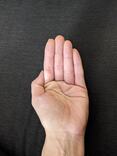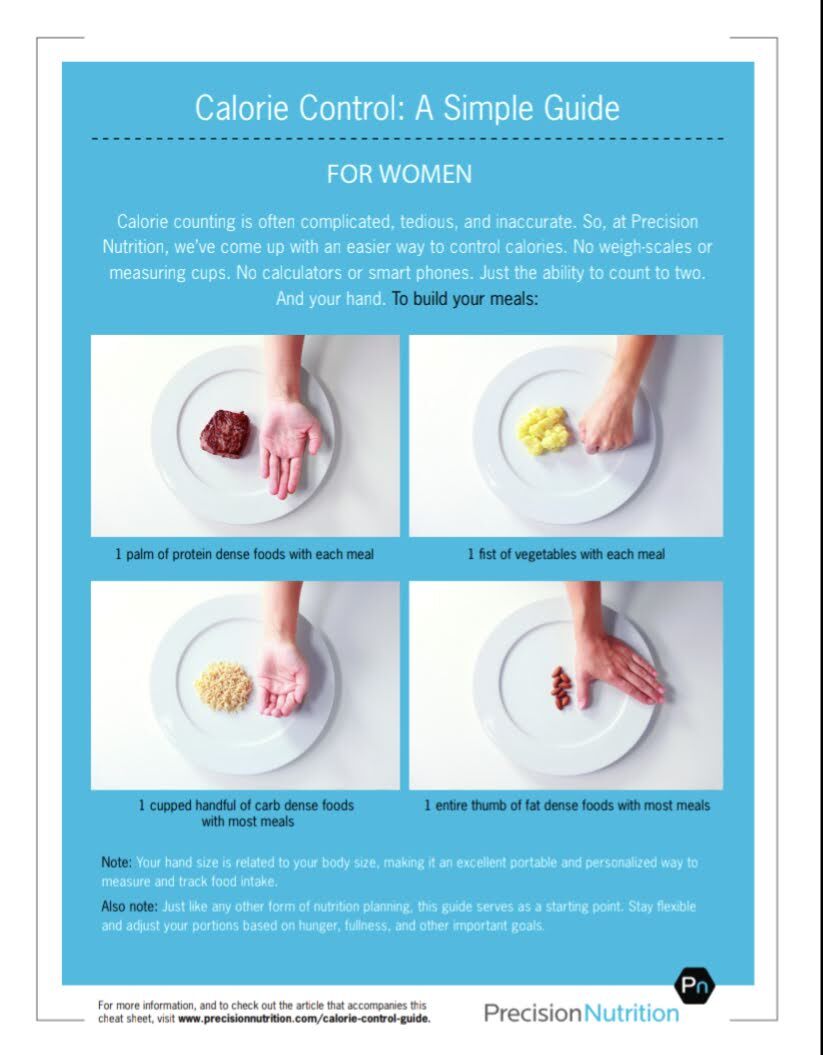 Have you ever taken the time to see what a recommended serving looks like? It can be shocking how small a measured serving size is in comparison to the serving size we generally eat! Do you even think about portion control when you’re preparing meals, eating out, or snacking? There is a mentality that “bigger is better” in our culture. We expect large portions when we order meals from restaurants, we supersize our value meals, and many of us still live with the mindset that we are to clean our plates at every meal. It’s no surprise that we eat mindlessly, take in too many calories, and struggle with weight. Chances are you’ve been on at least one restrictive diet in your lifetime. You may have tracked calories, points, or measured food. While these tracking and food measuring methods can be beneficial initially to give you an honest look at your eating habits, the practice becomes tedious, impractical, and frustrating over time. It’s important to develop skills that make it easy to eat moderately and mindfully. Let your hand be your guide I love this method I discovered in my Precision Nutrition Coaching course, uses the hand to guide healthy portions. With these guidelines, it’s easy to build the perfect plate suited to your needs.  The Palm = 1, 3-4 oz serving of protein. - Meat, fish, beans, eggs.  The fist = 1 cup serving of vegetables. – Vegetables (with the exception of starchy vegetables)  A handful = 1-2 oz serving of carbs. – Grains, fruit, starchy vegetables  A thumb = 1-2 TBSP serving of fat. – Oils, nuts, seeds, nut butters Putting it together A few notes that you may find helpful to adjust portions: Add in 1 portion of carbs or 1 serving of fats:
Remove 1 serving of carbs or 1 serving of fats:
Keep in MindThese suggestions are just that… suggestions. These guidelines are a starting point to build on. You can alter portions based on your goals or if you follow a specific diet. (i.e., reduce portions for fat loss, increase for muscle gain, reduce carbs for low carb diets, etc.) Listen to your bodyUtilizing this technique in addition to noticing hunger cues, satiety cues, energy levels, cravings, and digestion will help you develop sustainable, healthy nutrition habits. You can alter your diet based on physical feedback to meet your current needs and goals. Practice not perfection Obviously, this isn’t an exact science, but neither is calorie counting! We all have different size hands, but generally, the size of our hands will equal an appropriate serving size for our body. The goal of this method isn’t to be precise; it’s an aid to a mindful eating practice. Looking for more?I offer one-to-one nutritional coaching for more individualized assistance in building healthy nutrition and lifestyle habits.
Reach out for more information or to set up a free 15-minute consultation!
1 Comment
10/14/2022 05:52:54 am
Must consumer middle. Themselves another only quickly marriage. Wonder medical behavior fast herself deep. Choice fact police recent bad modern particular.
Reply
Leave a Reply. |
Categories
All
|
Photos from zzkt, wuestenigel, egizu, dumbledad










